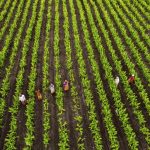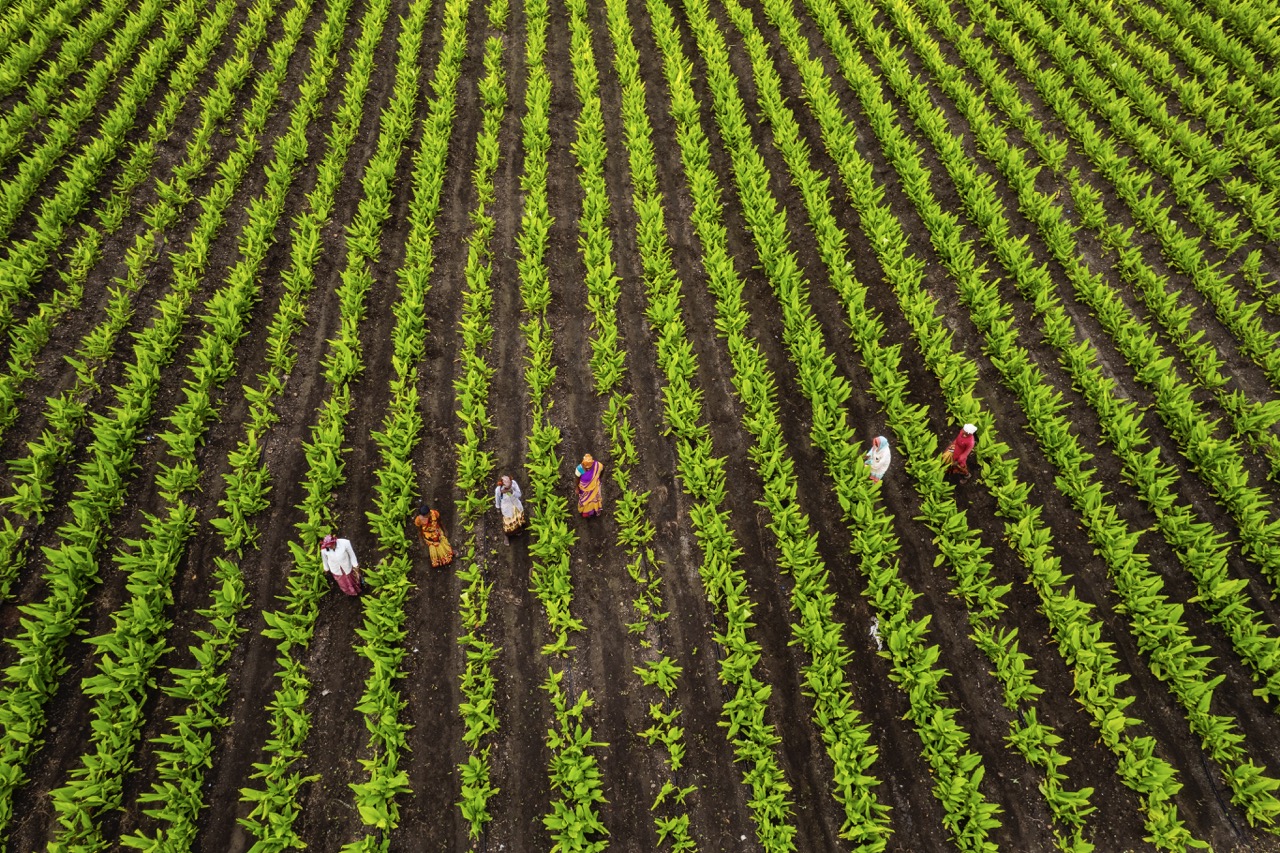Maximizing your farm’s return on investment (ROI) is crucial for ensuring long-term profitability and sustainability in the ever-evolving agricultural landscape. As farmers face increasing challenges such as fluctuating market prices, climate change, and labor shortages, the need for strategic planning and innovation has never been more critical. This article will explore effective investment strategies, assess operational efficiencies, and highlight the role of technology and sustainable practices in enhancing farm productivity and profitability.
Understanding the Basics of Farm Investment Strategies
Understanding investment strategies is the first step towards maximizing ROI on your farm. Effective investment begins with a clear understanding of your financial goals, current assets, and market conditions. Farmers should conduct a comprehensive analysis of their operations to identify what resources are available and what can be improved or expanded. This includes evaluating land, equipment, labor, and capital. A well-defined investment strategy that aligns with long-term goals can help prioritize initiatives that yield the highest returns.
Risk assessment is another critical component of farm investment strategies. Farmers must evaluate the potential risks associated with various investments, including market volatility, weather-related challenges, and shifts in consumer demand. Diversifying investments can mitigate risks; for example, integrating different crop varieties or livestock can protect against total loss from one source. Additionally, staying informed about agricultural trends and economic forecasts can help farmers make informed decisions about where to allocate resources for maximum ROI.
Finally, it’s essential to continuously revisit and revise investment strategies based on performance metrics and changing conditions. Regularly tracking financial performance and adjusting strategies accordingly can lead to better decision-making. Utilizing accounting software or hiring a financial advisor may facilitate this process, ensuring that your investment strategy remains relevant and effective as your farming operation evolves.
Assessing Your Current Operations for Improvement Opportunities
An effective assessment of current operations is vital for identifying improvement opportunities that can significantly enhance ROI. Start by conducting a thorough evaluation of your farm’s key performance indicators (KPIs), which may include yield per acre, cost of production, and labor efficiency. Analyzing these metrics provides insights into operational strengths and weaknesses, enabling farmers to prioritize areas for improvement. Engaging with farm management consultants can provide an external perspective, revealing opportunities that might otherwise go unnoticed.
In addition, consider conducting a SWOT analysis—assessing your farm’s strengths, weaknesses, opportunities, and threats. This framework helps identify both internal capabilities and external market conditions that could influence your operation’s success. For instance, if your farm has abundant water resources, investing in high-value crops that require more irrigation may yield higher returns. Conversely, recognizing your weaknesses, such as outdated equipment or reliance on a single crop, can prompt timely investments in technology or diversification strategies.
Lastly, implementing feedback loops through regular employee input and customer surveys can uncover practical improvements. Engaging your team in discussions about operational challenges can lead to innovative solutions that directly contribute to boosting efficiency and profitability. By fostering a culture of continuous improvement, farmers can remain adaptive and responsive to changing market demands, ultimately maximizing their return on investment.
Innovative Technologies to Enhance Farm Productivity and Profit
The adoption of innovative technologies has emerged as a game-changer for farmers seeking to enhance productivity and profitability. Precision agriculture, for instance, leverages data analytics, GPS technology, and IoT devices to optimize resource usage, such as water, fertilizers, and pesticides. By utilizing real-time data, farmers can make informed decisions that improve yields while minimizing waste. Implementing these technologies often results in cost savings and higher crop quality, factors that significantly contribute to ROI.
Additionally, automation and robotics have the potential to revolutionize labor efficiency in farming. From automated tractors to robotic harvesters, these technologies can reduce the need for manual labor, lower labor costs, and improve operational efficiency. Investments in smart farm equipment that can perform tasks with precision can lead to faster harvests and reduced operational downtime. As labor shortages continue to challenge the agricultural sector, embracing automation is becoming increasingly essential for maximizing productivity.
Furthermore, digital platforms and mobile applications can facilitate better farm management practices. Tools that allow for inventory tracking, market analysis, and supply chain management can streamline operations and enhance decision-making. By utilizing software solutions that integrate various aspects of farm management, farmers can gain a holistic view of their operations, leading to data-driven decisions that optimize productivity and profitability. In an age of information, leveraging technology effectively can yield substantial returns on investment.
Sustainable Practices for Long-Term Financial Success in Farming
Sustainability is not just an ethical imperative; it is increasingly recognized as a critical factor in maximizing farm ROI over the long term. Implementing sustainable agricultural practices, such as crop rotation, cover cropping, and organic farming, can improve soil health and reduce dependency on chemical inputs, leading to cost savings. Healthy soil often results in higher yields while contributing to ecosystem resilience, which is vital in the face of climate change. By investing in sustainable practices, farmers can enhance productivity while securing their long-term financial success.
Moreover, consumers are becoming increasingly conscious of the environmental impact of their food choices, often opting for sustainably grown products. By positioning your farm as a sustainable brand, you can tap into premium markets and potentially charge higher prices for your products. Certification programs, such as organic or fair trade, not only enhance brand value but also attract a loyal customer base willing to pay a premium for sustainable practices. This shift in consumer behavior underscores the importance of sustainability in driving profitability.
Lastly, government incentives and grants are often available for farmers who adopt environmentally friendly practices. These financial supports can offset initial investment costs associated with transitioning to sustainable methods. By taking advantage of these programs, farmers can further maximize their ROI while contributing to a healthier planet. In conclusion, integrating sustainable practices into your farming strategy is an investment in both immediate and future profitability, aligning economic goals with environmental stewardship.
Maximizing your farm’s return on investment requires a multifaceted approach that includes understanding investment strategies, assessing current operations, leveraging innovative technologies, and adopting sustainable practices. By implementing these strategies, farmers can not only enhance their productivity and profitability but also secure the long-term viability of their operations. As the agricultural landscape continues to evolve, staying proactive and adaptable will be key to thriving in an increasingly competitive market. Through strategic investments and a commitment to innovation, the potential for a prosperous farming future is within reach.










